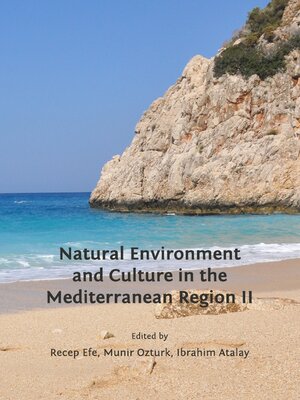
Sign up to save your library
With an OverDrive account, you can save your favorite libraries for at-a-glance information about availability. Find out more about OverDrive accounts.
Find this title in Libby, the library reading app by OverDrive.



Search for a digital library with this title
Title found at these libraries:
| Library Name | Distance |
|---|---|
| Loading... |
The Mediterranean Basin is the largest of the five Mediterranean-climate regions, and one of the largest archipelagos in the world. The basin is located at the intersection of two major landmasses, Eurasia and Africa; and has around five thousand islands, which contribute much to its high diversity and spectacular scenery. It possesses higher salinity than the Atlantic. The shores are chiefly mountainous. Earthquakes and volcanic disturbances are frequent. Some of the most ancient civilizations flourished around the region. Carthagians, Greeks, Sicilians, and Romans were rivals for dominance of its shores and trade. The basin virtually became a Roman lake under the Roman Empire. Later, the region was dominated by the Byzantines and the Arabs. The development of the northern regions of Africa and of oil fields in the Middle East has increased its trade. The flora is dramatic with over 20 thousand endemic vascular plant taxa, and many endemic species of animals. Fish (about 400 species), sponges, and corals are plentiful. The touristic activities are threatening populations of many species. The fragmentation and isolation is increasing due to resort development and infrastructure. The overuse of the sea's natural and marine resources continues to be a problem.The Mediterranean monk-seal, the barbary macaque and the Iberian lynx, which is Critically Endangered, are among the region's imperiled species.







